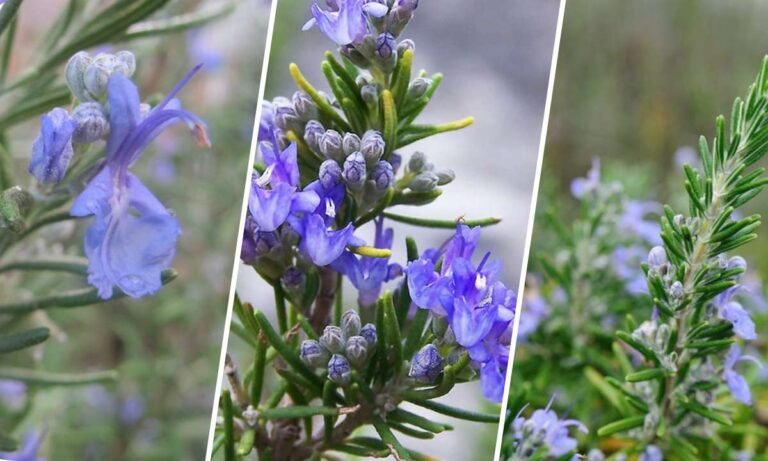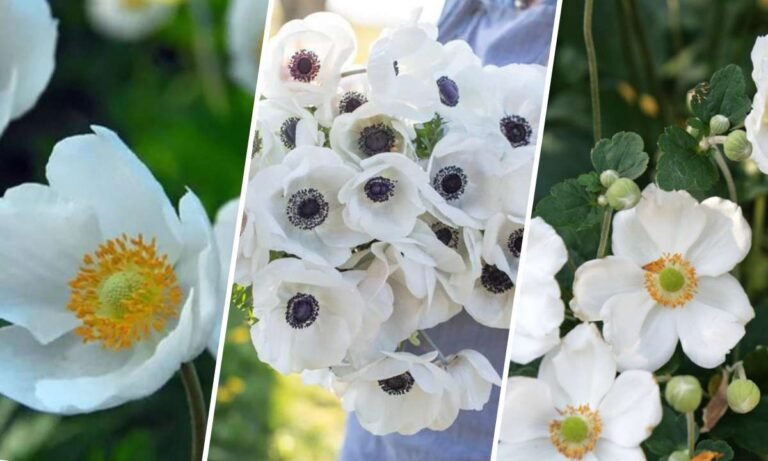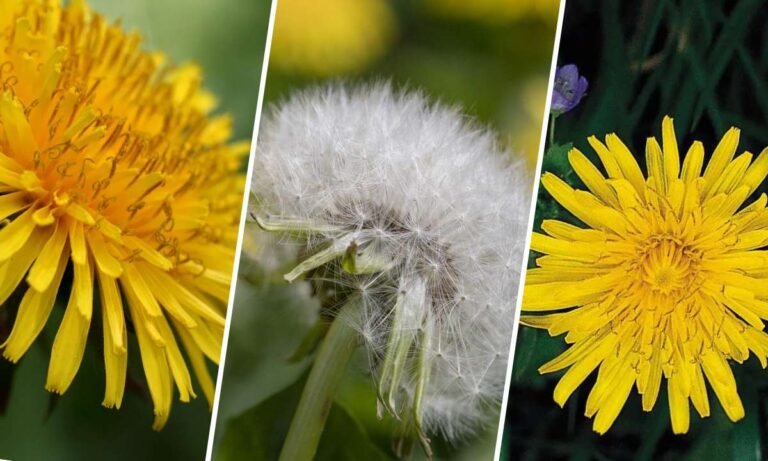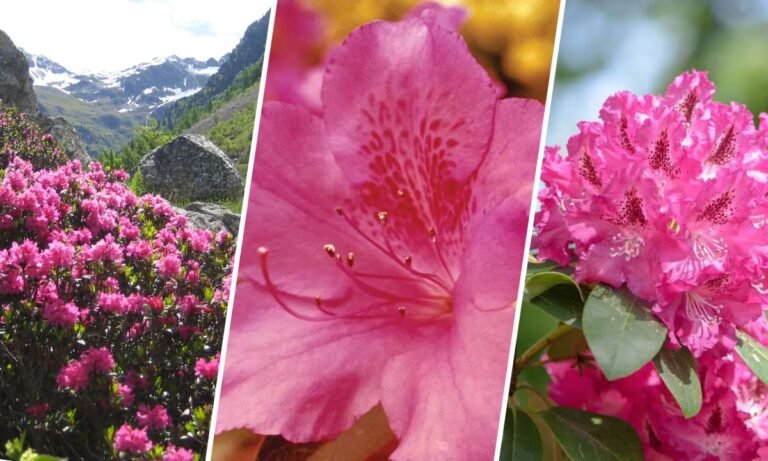The orange flower, with its bright and lively color, really stands out among other flowers. Known for its energizing presence, the orange flower holds a special place in the world of floral symbolism. Let’s explore the rich meanings, historical importance, and fascinating symbolism of the orange flower in a way that is easy to understand.
Origins and Etymology of the Orange Flower
The word “orange” comes from the Old French word “orenge,” which comes from the Arabic “nāranj,” and ultimately from the Sanskrit “nāraṅga,” meaning “orange tree.” Many orange flowers originate from tropical and subtropical regions, where their bright colors thrive in the sunlight.
Symbolic Meanings of the Orange Flower
Enthusiasm and Energy
Orange flowers are often linked with enthusiasm and energy. Their bright, warm color is like the sun’s invigorating rays, symbolizing vitality and a zest for life. They make perfect gifts for celebrating achievements and boosting morale.
Joy and Happiness
These flowers also represent joy and happiness. The vibrant color of orange flowers can lift your spirits and make you feel warm and cheerful. They are often used in celebrations to spread positive emotions and joy.
Creativity and Passion
In the language of flowers, orange blossoms stand for creativity and passion. Their bold color inspires artistic expression and a fervent pursuit of one’s passions. These flowers are great for encouraging creative endeavors and sparking innovation.
Historical Significance of the Orange Flower
Ancient Civilizations
In ancient times, orange flowers were admired for their beauty and vibrant color. They were often used in religious ceremonies and festivals to symbolize the power and energy of the sun. In some cultures, they were believed to bring good luck and protection.
Renaissance and Baroque Eras
During the Renaissance and Baroque periods, orange flowers became popular in European gardens and floral arrangements. Their bold colors added a striking contrast to the softer hues commonly used in these eras, symbolizing a break from tradition and an embrace of new ideas.
Modern Usage
Today, orange flowers are still celebrated for their vivid color and positive symbolism. They are often used in floral arrangements for events like weddings, anniversaries, and birthdays to convey messages of joy, enthusiasm, and passion.
Different Varieties of Orange Flowers and Their Meanings
Orange Roses
Orange roses symbolize fascination and admiration. Their warm, vibrant color makes them perfect for expressing deep emotions and passion.
Marigolds
Marigolds are associated with warmth and creativity. Their bright orange petals are used in many cultural festivals and celebrations to symbolize the sun’s energy and the joy of life.
Orange Tulips
Orange tulips represent happiness and understanding. They are often given as a gesture of appreciation and gratitude, making them a popular choice for thank-you gifts.
Orange Flowers in Art and Literature
Throughout history, orange flowers have been depicted in various works of art and literature. In paintings, they are used to add a burst of color and symbolize energy and vitality. In literature, orange flowers are sometimes used as metaphors for creativity and passion.
Cultural Significance of the Orange Flower
Western Cultures
In Western cultures, orange flowers are often linked with excitement and celebration. They are commonly used in festive decorations and as symbols of joy and success.
Eastern Cultures
In Eastern cultures, orange flowers can symbolize strength and resilience. They are admired for their ability to thrive in various conditions and are often included in gardens and floral arrangements for their beauty and durability.
How to Grow and Care for Orange Flowers
Planting Orange Flowers
Orange flowers thrive in well-drained soil and need plenty of sunlight to achieve their vibrant color. Plant them in early spring or fall, giving them enough space to grow and spread.
Caring for Orange Flowers
Water orange flowers regularly, especially during dry periods, but avoid overwatering to prevent root rot. Remove spent blooms to encourage new growth and maintain the plant’s appearance. Watch out for common garden pests and treat them promptly to ensure healthy growth.
Conclusion
The orange flower is a symbol of enthusiasm, joy, and creativity. Its rich history, diverse meanings, and lasting appeal make it a beloved addition to gardens and floral arrangements around the world. Whether you are a gardener, a flower enthusiast, or simply someone who loves the beauty of nature, the orange flower is a timeless symbol that continues to inspire and delight.




